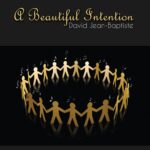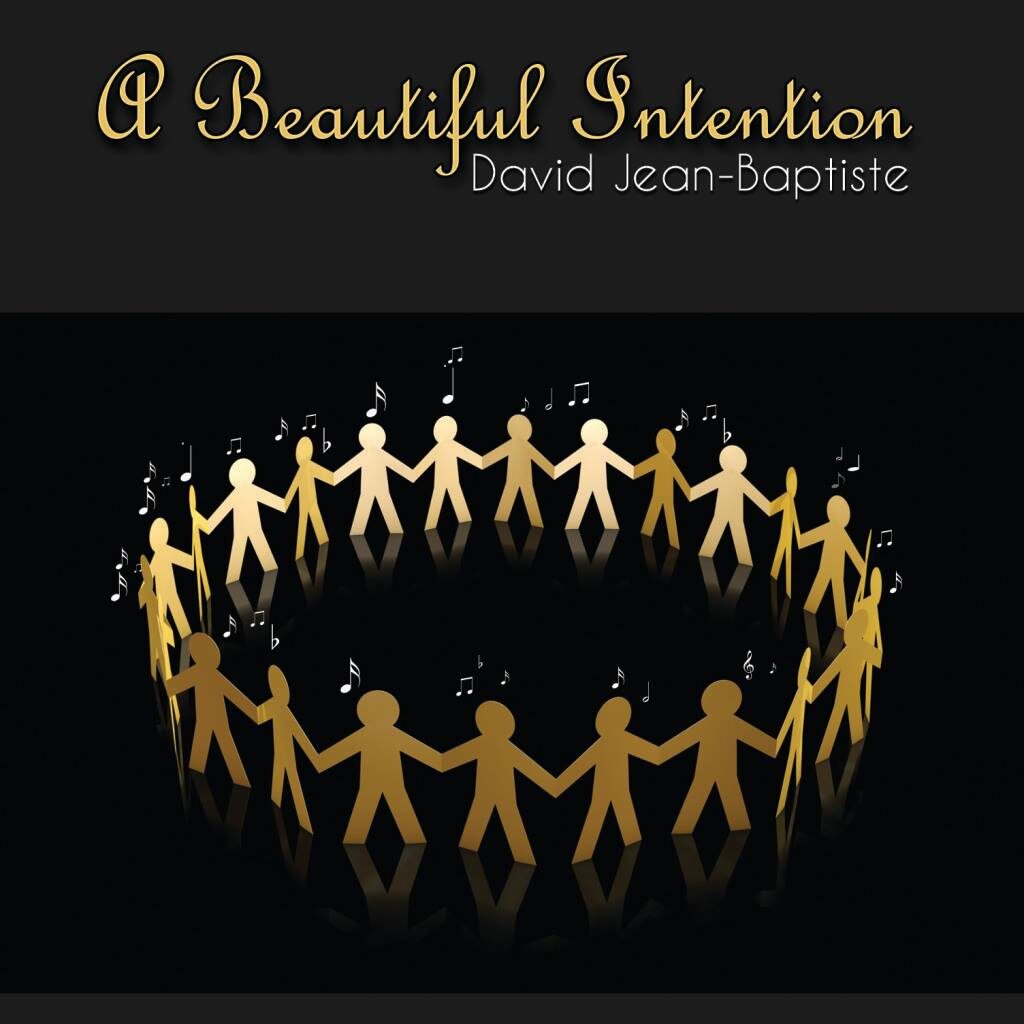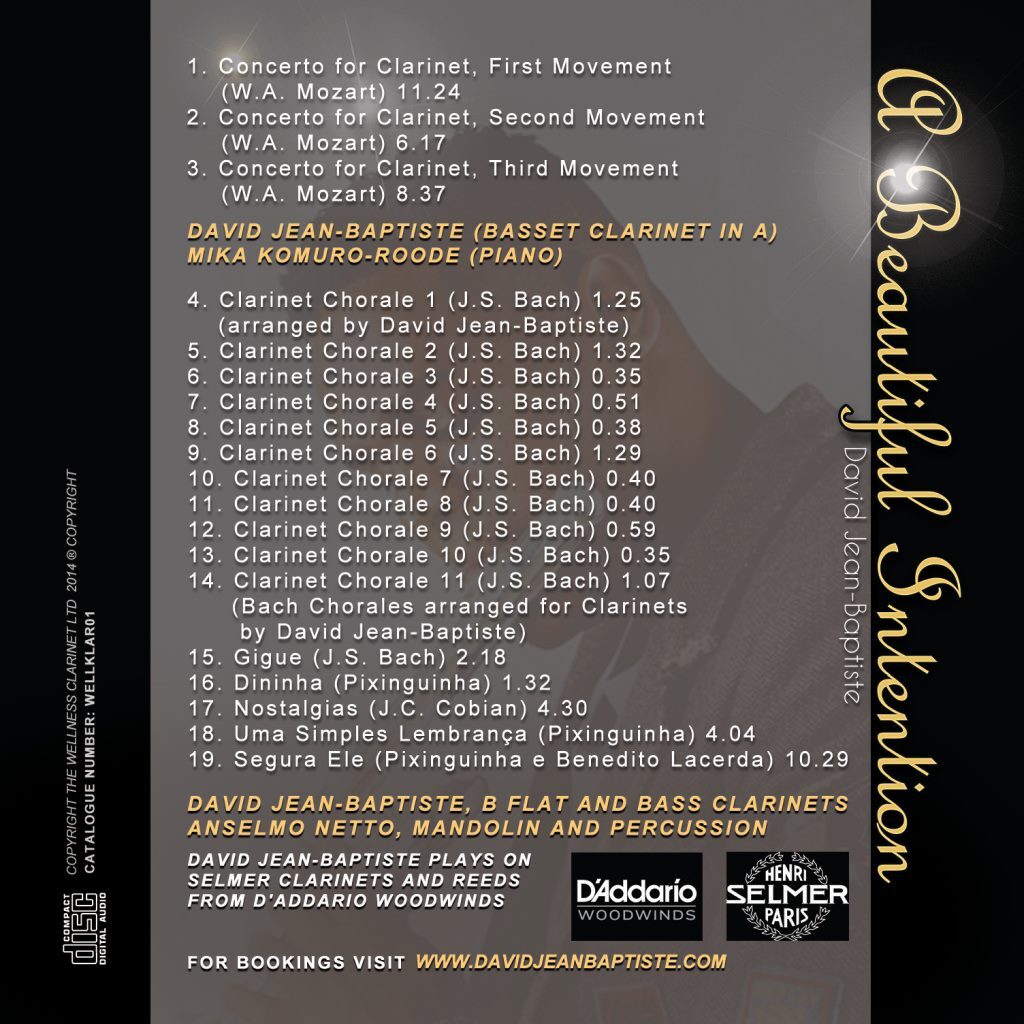A Beautiful Intention

Hello thank you for reading this post. So, what is WOW! about my CD A Beautiful Intention?
The album was recorded around the time I wrote the book Finding Balance for the personal development industry. Having created the Claritique Questionaire, a set of 10 self-reflective questions. The first question being, “Do you have an intention you desire to achieve?”
My intentions are always beautiful, this album is a reflection of that.
Firstly I really like our approach to playing Concerto for Clarinet by Mozart. It has a certain vivaciousness to it that I like. Ideally, it should be played accompanied by an orchestra, I suppose that is something for the future. Playing the music of Mozart is a wobbly plate. There is always someone who won’t be happy with a recording and performance. A musician can perform the music of Mozart brilliantly, but if they don’t live that life. There are those who think they have no business playing it; particularly in Germany and Austria. And if you play jazz as well, for that minority of people, you are totally out of the question.
Once in Germany, a clarinetist tried to dissuade me from playing Don Giovanni arrangements for Basset-horn because according to him, Mozart’s music is the cleanest music in the world. He was one of three basset-horn players in the city, including myself. The piece was a trio and I needed him to do it. He had a point that Wolfgang Amadeus Mozart is one of the greatest musical geniuses that has ever lived, and there can be no fluff. Certainly giving an impression to him that Mozart’s music is not beyond me, and I have incredible respect for it.
In a different world, I would have approached playing the concerto in a lighter fashion. The best players of Mozart’s music approach it in a lighter fashion. I remember a German instrument maker sending me such a light clarinet mouthpiece, it felt like playing a recorder. That was not the sound I was looking for. With a different mouthpiece set up, for sure I can have that effect, but I’m happy with my approach, even though one day I may have to play it better.
Mozart heard it for, and wrote the concerto for basset-horn in G, for clarinetist Anton Stadler. Apparently, he didn’t have that instrument, so Mozart rewrote it for basset clarinet in A. I too performed it on basset clarinet in A and didn’t have one either. Being endorsed by Henri Selmer in Paris, they borrowed me one. A few short weeks later I recorded it.
The ability of Mozart for composition was second to none. Looking at original scores of Beethoven, you will see corrections and editing. Mozart heard everything in it’s entirety, only having the task of writing the lucid dream down. It’s like his crown chakra was super clear, the best medium in the world.
One morning in a studio session the Bach Chorales were recorded, it was just me and the engineer. Entering the studio I had no idea what I was going to record. Bringing a bass clarinet, a B flat clarinet, and a contra-bass clarinet to the studio. The muscles in my hands were completely screwed from carrying the contra on public transport. The back strap had busted, and it was amazing I able to play anything at all. My fingers seriously had problems negotiating the instruments, particularly the bass clarinet. But I sat down in the recording studio with a book of Chorales by Johanne Sebastian Bach, randomly selecting them, and started overdubbing. It’s 4 part writing, using the B flat clarinet for soprano, alto, tenor parts, and bass clarinet for bass. It touched my heart in a deep way because I studied that book of chorales in harmony class for A-level music at school. It was this very book from where I learned to compose.
The brilliant Brazilian percussionist and mandolin player Anselmo Neto joined me for the South American music session. I had the same approach as the chorales, entering the West London studio not really knowing which songs I was going to record. At first, I think he was a little bit skeptical about my ability to play Pixinguinha and he bought a limited number of instruments for the session. By the end, he wished he came with a better attitude towards the session. My feeling was he was told something negative by someone, but he gave me the benefit of the doubt and agreed to do the session anyway. I love the dialogue we created on the final track on the CD, Segura Elé. Some may say it’s a little unusual to create an album of the music of Mozart, Bach, and Pixinhuinha. Even mixing Bach and Mozart, many would never do. For me, Pixinguinha is like Brazilian classical music. Making a cognitive connection and made it happen.
So, I hope you enjoy the music…
All the best, David Jean-Baptiste


